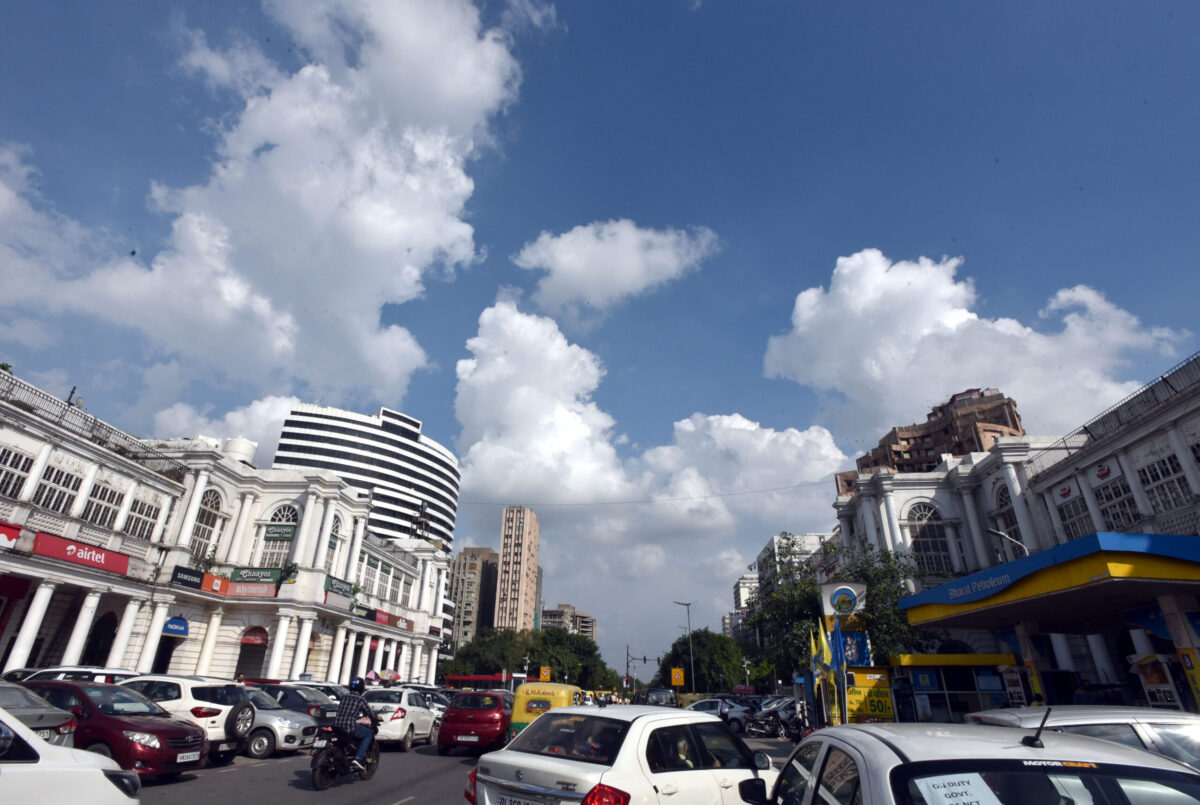
The India Meteorological Department (IMD) has predicted relief from the scorching heat in Delhi as overcast skies, gusty winds, and light rain are expected in the second half of the day on Wednesday.
The Safdarjung Observatory, Delhi’s primary weather station, recorded a minimum temperature of 25.4 degrees Celsius, slightly below normal, while the maximum temperature is expected to reach around 39 degrees Celsius.
This relief is attributed to a western disturbance active over the western Himalayan region, which is expected to bring thunderstorms and intermittent rains to northwest India, including the capital and its surrounding areas, over the next two to three days. As a result, the maximum temperature is anticipated to drop to 35 degrees Celsius on Thursday, and below-normal maximum temperatures are forecasted until June 30.
On Tuesday, a heat wave gripped parts of Delhi, with seven weather stations recording maximum temperatures above 45 degrees Celsius. This extreme heat led to a peak power demand of 6,916 MW, the highest so far this season. Officials predict that the peak power demand may reach 8,100 MW this year, compared to 7,695 MW recorded last summer.
Various locations in Delhi experienced scorching temperatures, including Najafgarh, which reached 46.7 degrees Celsius for the second consecutive day. The Safdarjung Observatory recorded a maximum temperature of 43.5 degrees Celsius, three degrees above normal. Other areas such as Ridge, Jafarpur, Narela, Pitampura, Pusa, and the Sports Complex also witnessed high temperatures ranging from 45.1 to 46.2 degrees Celsius.
A heat wave is officially declared when the maximum temperature reaches at least 40 degrees Celsius in the plains, 37 degrees in coastal areas, or 30 degrees in hilly regions, with a departure from normal of at least 4.5 degrees. In light of climate change, heat waves in India are becoming more frequent and severe, with a recent study from the University of Cambridge categorizing over 90 percent of the country as being in the “extremely cautious” or “danger zone” regarding the impacts of heat waves.
Despite Delhi’s state action plan for climate change, it was found that the city remains particularly vulnerable to severe heat wave impacts. The IMD expects above-normal maximum temperatures to persist for an extended period due to a slight delay in the arrival of the southwest monsoon. (With inputs from PTI)
The decline is primarily due to damage to the "heart-brain link" triggered by chronic kidney…
A French-style open-air café is drawing Delhiites back to a river they long forgot
The handset features a dual rear cameras, 6.72-inch 144Hz display, IP64 water resistance, and up…
Delhi Police raided a late-night illegal bar in Samaypur Badli, detaining 25 people and seizing…
A rear-end crash near Delhi Haat triggered a blaze that gutted both vehicles, though no…
Court grants probe agency more time as NIA pursues wider links in Red Fort blast…